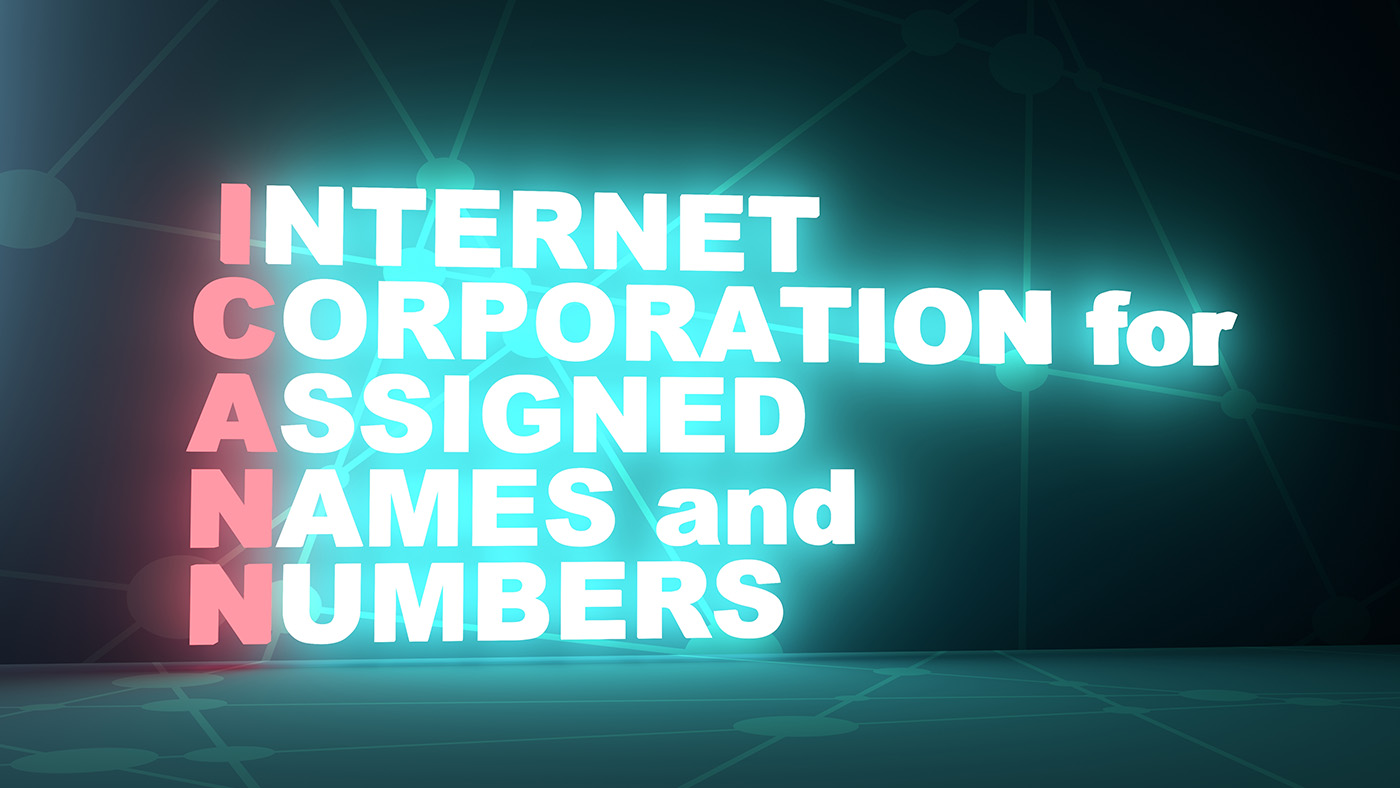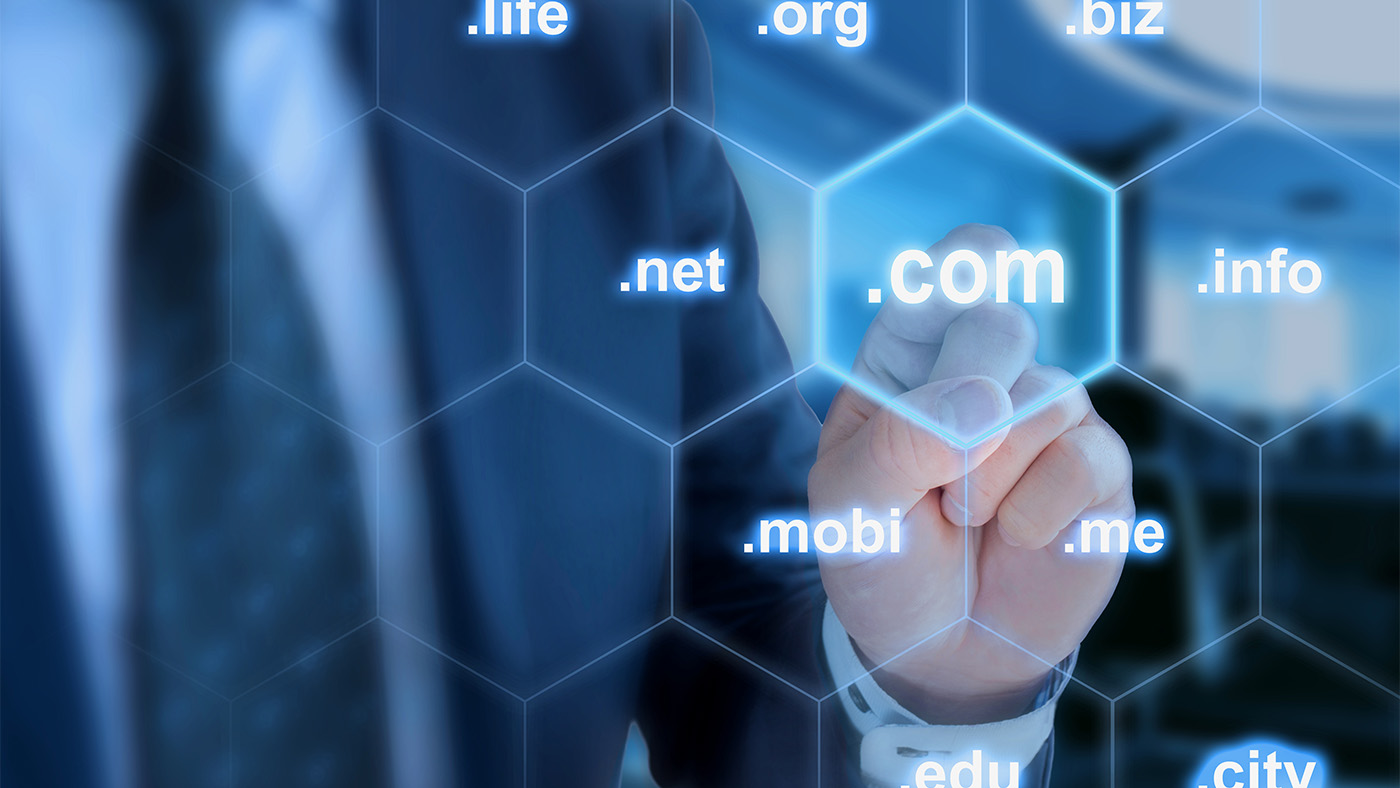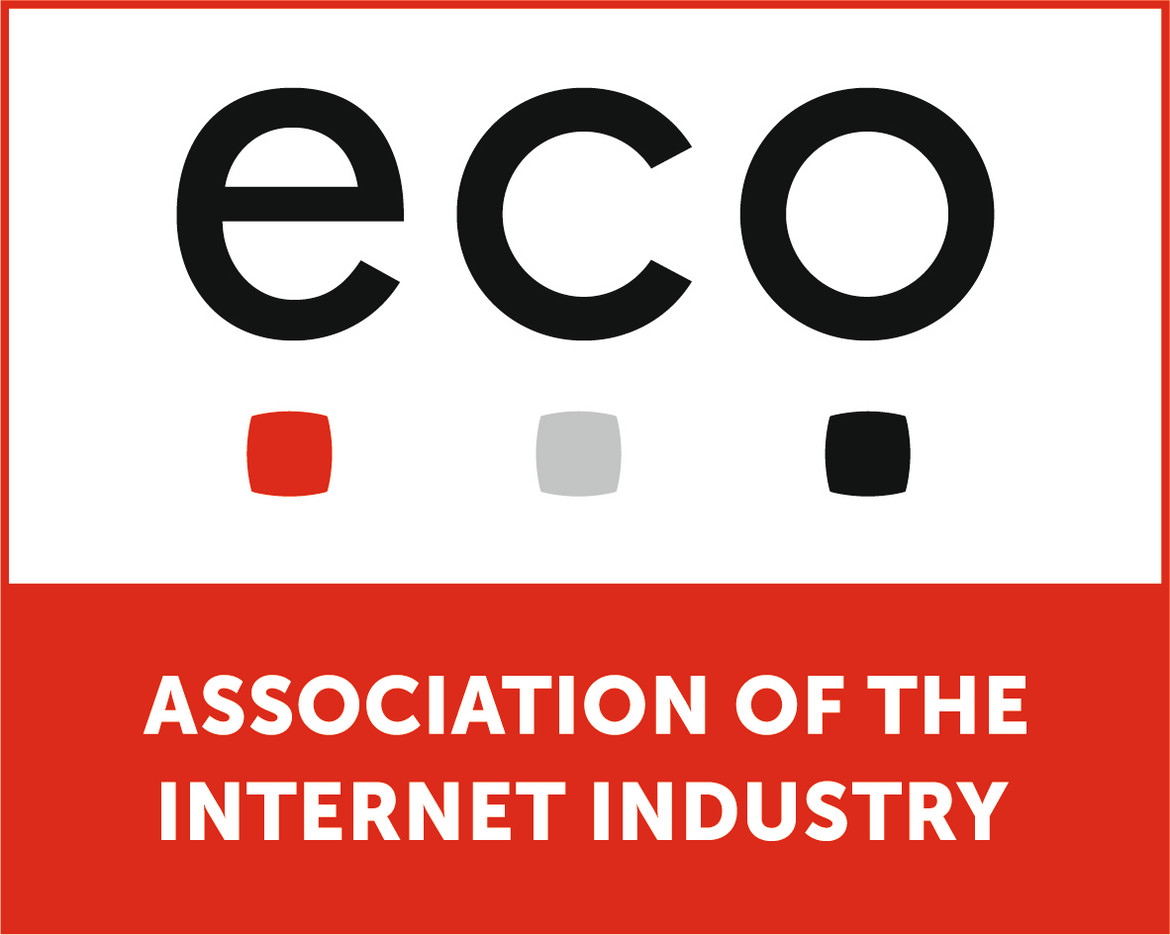The NETmundial Multistakeholder Approach as a Model for Internet Governance
Thomas Rickert and Lars Steffen from the eco Association provide key insights into how the NETmundial multistakeholder approach is setting a core standard for inclusive, democratic governance, offering a model for tackling challenges in the digital age and beyond.

©Nattapon Kongbunmee | istockphoto.com
The multistakeholder process is a collaborative and inclusive practice of governance that engages diverse groups – governments, private sectors, civil society, and technical and academic communities – in addressing shared challenges. The approach is designed to ensure that all relevant stakeholders, not just national governments, have a voice in policy-making and decision-making processes, promoting transparency, inclusivity, and accountability. It is the dominant model in the field of Internet governance, guiding the rules, policies, standards, and practices that coordinate and shape global cyberspace. As the Internet Society specifies, the “multistakeholder approach to Internet governance has grown from the Internet’s own DNA and is what allows it to thrive.” It also highlights that this is “the optimal way to make policy decisions for a globally distributed network.”
In this context, the global NETmundial+10 multistakeholder meeting, which was held earlier this year in Brazil, modeled a dynamic, inclusive, and collaborative approach to Internet governance that seeks to align diverse interests and perspectives toward common goals. This can serve as a model for multistakeholder governance in other areas. It has shown its effectiveness in competently addressing emerging challenges in Internet governance. Furthermore, it has the potential to establish and anchor democratic and inclusive decision-making processes in various global governance arenas. While this approach may sometimes seem slow, it often achieves lasting global consensus on critical issues.
The initial NETmundial meeting
In 2014, the first global NETmundial multistakeholder meeting took place in response to international concerns about Internet governance, prompted by Edward Snowden’s revelations about widespread Internet surveillance. The conference, convened by multiple stakeholders, set out to establish a comprehensive set of Internet governance principles promoting transparency, inclusivity, and accountability in digital policy processes.
This initial 2014 NETmundial set a significant precedent by engaging a diverse group of more than 180 stakeholders from around the globe. Established by a high-level committee, a series of online consultations regarding a draft document were held in advance of the formal meeting. These initial virtual engagements were crucial, as they facilitated broad participation before the official event.
During the original two-day meeting in 2014, representatives from governments, civil society, the technical community, the private sector, and academia converged to deliberate and build consensus on the proposed joint statement. Jeanette Hofmann of the WZB Berlin Social Science Center and Co-Chair of the High-Level Executive Committee (HLEC) underscored the significance of the endorsement by various governments, which conferred a quasi-official status on the final 2014 NETmundial Multistakeholder Statement. This marked a pioneering moment in the realm of Internet governance.
The expanded NETmundial process
One decade later, the NETmundial+10 meeting was held in April 2024 in São Paulo, Brazil. It aimed to assess the progress since the initial gathering and renew the multistakeholder commitment to the evolving Internet governance landscapes. This second global multistakeholder meeting served as a retrospective and forward-looking platform, proposing pathways for future governance mechanisms.
Overall, NETmundial+10 adopted a similar but more expansive process. In advance, in the autumn of 2023, a scoping group had been initiated to explore the feasibility and framework of such an event. By early 2024, CGI.br, the Brazilian organization responsible for the inaugural meeting released a joint statement outlining the event’s objectives and structure. This included refining the NETmundial principles and devising practical proposals and benchmarks to enhance multistakeholder approaches.
Just before the NETmundial+10 meeting took place, in March 2024 a public consultation came on track to gather broader input, resulting in the release of a preliminary outcome document shortly before the meeting. This document served as a summary of the inputs and discussions gathered to date, thereby setting the agenda for the meeting. The iterative, inclusive approach was designed to leverage past successes and adapt and evolve strategies to meet new and emerging challenges in Internet governance.
The process culminated in the issue of the Joint Statement on the NETmundial+10, described as “the non-binding outcome of a bottom-up, open, and participatory process involving people from governments, private sector, civil society, technical community, and academia from around the world.”
The NETmundial multistakeholder approach
The multistakeholder process adopted in NETmundial incorporated several key elements:
- Broad participation: The process brought together a diverse range of stakeholders, including government representatives, civil society, technical experts, and private sector participants, ensuring a wide variety of views and inputs.
- Collaborative decision-making: The process also emphasized collaborative efforts, with all participants working together to discuss, negotiate, and reach a consensus on Internet governance issues.
- Structured engagement: The engagements were structured through committees, online consultations, and formal meetings that facilitated focused discussions and effective decision-making. For instance, the HLEC played a critical role in guiding the process and ensuring that logistical and thematic needs were met.
- Inclusivity and representation: The approach ensured balanced representation among the different stakeholders, reflecting diverse perspectives and needs. Such inclusivity helped make the outcomes more widely accepted and legitimate.
- Continuous improvement and reassessment: An emphasis was placed on periodic reassessments and adaptability to keep the governance models relevant and effective in addressing new challenges and technological advances.
- Outcome-oriented: The process aimed to produce tangible outcomes, specifically the Joint Statement on the NETmundial+10, which encapsulates the discussions and consensus on key issues.
The NETmundial process set a standard for transparent and accountable policy development by encouraging broad participation, fostering collaborative decision-making, and prioritizing inclusivity and representation. As such, the multistakeholder model now continues to refine its mechanisms through structured engagements and continuous reassessment, promoting effective governance solutions for the dynamic challenges of our rapidly changing world.
The role of the High-Level Executive Committee
The High-Level Executive Committee (HLEC) is a foundational pillar in the architecture of multistakeholder governance models like NETmundial. The committee’s primary role is to ensure that all stakeholder voices are heard and integrated into the decision-making process. This inclusivity is crucial for fostering legitimacy and broad-based support for the outcomes of the governance process.
A key task of the HLEC is to facilitate the equitable contribution of diverse inputs from various stakeholders, ensuring that these contributions are considered equitably in the decision-making process. This role is essential in balancing the interests of different groups and building consensus that reflects the wide range of perspectives.
The HLEC is significantly responsible for the success of the NETmundial initiative. It has masterfully balanced the diverse views and aspirations of all stakeholders and steered them toward productive conclusions.
A recap of NETmundial+10
Following on from NETmundial+10, on 4 June 2024, eco – Association of the Internet Industry hosted a NETmundial+10 recap webinar with speakers from different stakeholder groups of the HLEC. Together, they recapped the highlights and key takeaways of the NETmundial+10 event. Some important insights shared by the panelists entailed:
- Jeanette Hofmann, HLEC Co-Chair and researcher at the WZB Berlin Social Science Center noted that the government’s endorsement of the NETmundial+10 document granted it an unprecedented quasi-official status in the realm of Internet governance. Jeanette also advocated for creating an institutional repository to document experiences, adaptations, and modifications to the multistakeholder guidelines. Such a resource would support ongoing education and advocacy, ensuring continuous improvement and adaptation.
- Ana Neves from the Commission on Science and Technology for Development (CTSD), discussed how intergovernmental organizations both influence and are influenced by global Internet governance trends. She emphasized that, by ensuring that all voices are heard, the committee helps in democratizing the process, making it more accessible and acceptable to a broader range of governments.
- Bruna Martins dos Santos of Digital Action, representing civil society within the HLEC, noted the collaborative nature of the HLEC’s work and stressed the commitment of all members to meaningful outcomes. She appreciated how committee members were willing to compromise for balanced and effective decision-making, saying: “Everyone was willing to discuss and let go of one or two perspectives so we could arrive at a balanced outcome.”
- Lise Fuhr of the European Telecommunications Network Operators Association (ETNO), underscored the ongoing need for collaboration and innovation in Internet governance to address digital challenges. She underscored the necessity for continuous evaluation and adaptation of governance models to keep them relevant and effective. Lise drew connections between NETmundial and the Internet Governance Forum (IGF), pointing out that while IGF is not the sole custodian of the multistakeholder model, NETmundial’s recommendations can help enhance other governance processes.
- Jordan Carter from auDA, representing the technical community, focused on how technical advancements and challenges impact governance and what future developments might mean for the multistakeholder model. He highlighted the evolving role of technical standards and infrastructure in Internet governance, and also speculated on future developments’ impact on the multistakeholder model.
- Wolfgang Kleinwächter, an expert on Internet governance and member of the NETmundial Advisory Group within the HLEC, proposed developing a system of measurement to evaluate digital processes which can lead to a “naming and shaming” approach for governments that only pay lip service to multistakeholder engagement. He also encouraged academic research to assess the impact of NETmundial guidelines and help identify areas for improvement.
A model for global governance
Looking ahead, it is essential that stakeholders from all backgrounds – government, private industry, civil society, and technical experts – remain actively engaged and committed to the multistakeholder process. By doing so, they will ensure that the Internet remains a resource that is accessible and beneficial to all, thereby upholding the spirit of openness and cooperation that NETmundial has strived to promote. The NETmundial multistakeholder approach has demonstrated its efficacy in fostering inclusive and democratic Internet governance. It serves as a model for global governance across various domains through the involvement of diverse stakeholders and the emphasis on collaborative decision-making.
As we continue to navigate the digitalization of society, industries, and economies, the principles and practices established by NETmundial offer a strong framework to guide all relevant stakeholders in finding solutions to the broad societal and political changes in a way that is transparent, accountable, and representative of all sectors of society.
To learn more about NETmundial and download the multistakeholder statement document, visit https://netmundial.br/.
On 4 June, eco – Association of the Internet Industry hosted the NETmundial+10 recap webinar to summarize and discuss selected topics from the Global Stakeholder Meeting in São Paulo in April 2024. The detailed recap is available online and eco members can access the recording in the members+ area. We thank the speakers for their participation.
Attorney-at-law and domain law expert Thomas Rickert is Director of the Names & Numbers Forum at eco - Association of the Internet Industry (international.eco.de). Thomas Rickert is a member of the GNSO (Generic Names Supporting Organization) Council of the Internet Corporation for Assigned Names and Numbers (icann.org). In 2022, he initiated the topDNS Initiative (topdns.eco) that unites members of the eco Association to fight DNS abuse. Furthermore, Thomas Rickert is Managing Director of the law firm Rickert Rechtsanwaltsgesellschaft mbH (rickert.law), which is specialized in legal issues of the digital economy.
Lars Steffen is Head of International, Digital Infrastructures & Resilience at eco – Association of the Internet Industry (international.eco.de), the largest Internet industry association in Europe. At eco, he coordinates all international, infrastructure and security-related activities of the association and takes care of the members from the domain name industry. He is also the Vice-President of EuroISPA, the umbrella organization of European provider associations.






